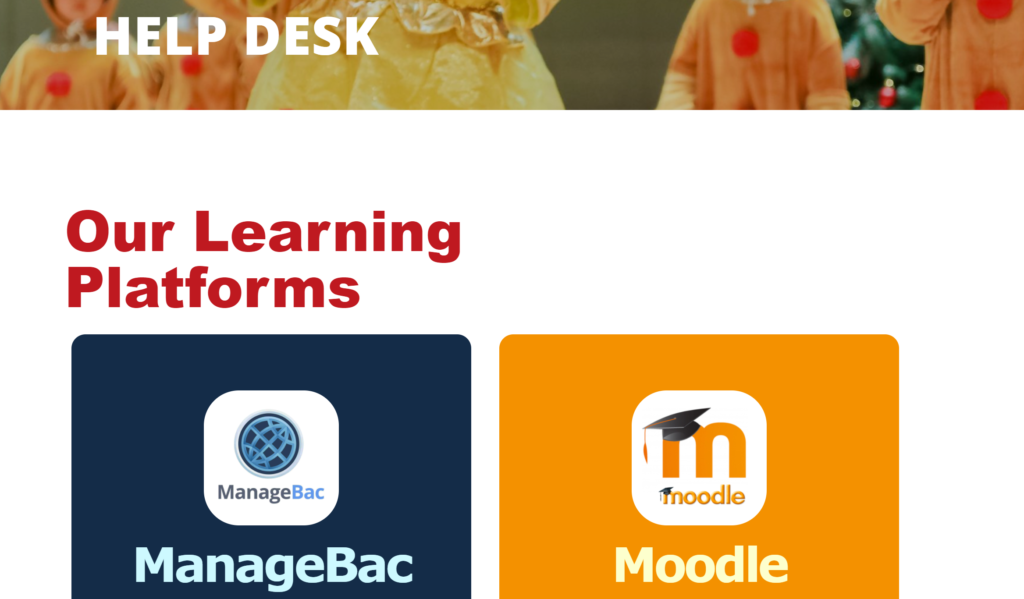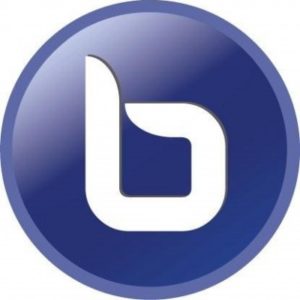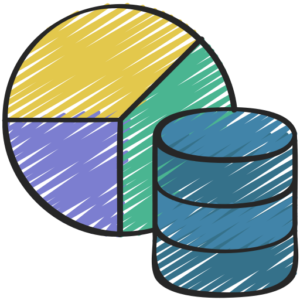The school:

OCAC is a new school in Suzhou, China. Although only in its third year, it already had over 1500 students and a program stretching from K-11.
COVID-19 meant that school would remain closed for two additional months, in that time, classes needed to go on. However, given the diversity of the school, it was clear that one size would not fit all.
Surveying our Tools
We already had a rich ecosystem of digital platforms in use. The first goal was to choose a primary platform for the whole school to move forward with. This would allow easy supervision by whole school administration, and also offer consistency to parents, teachers, students and other stake-holders.
We chose ManageBac for this because all our students and staff were already registered.
Every division committed to keeping ManageBac up-to-date and using it as the primary communication platform for all work and assignments.
Upskilling
Although we live in a digital world, few of our staff, students or parents had experience with online learning, or if they did, it was for adult education classes.
The first job, in order to get everything up and running, was to get our staff trained and comfortable with our different platforms.
Using Moodle, we created three main training courses:
- Intro to Moodle
- ManageBac
- Online Learning
Each of these were designed with progressive modules – staff were placed in groups of their colleagues (year level for EY and Primary, Subject Groups for MS and HS) and were able to work together through tasks.
The primary design of the modules was as follows:
Introduction to the topic with a practical example that staff would actually use.
When introducing how to create Moodle forums, staff would first write in a forum. When learning how to create assignments with rubrics, staff would evaluate a piece of work using a ready made rubric
After this, there was a lesson that walked teachers through how to complete this. Lessons were provided both with typed instructions and with a short screencast to accommodate for different learners.
Upon completing the various modules, staff were awarded with PD Badges. Modules were designed so that they could be assessed by Grade or Subject Area leaders and were flexible enough to appeal to any kind of staff member.
Reaching out to Students
Just as teachers needed to training to adjust to the new schedule – so too did students.
Because there was no easy way to supervise and monitor nearly 2000 students, and because of the great variance in ages and technical proficiencies among our student body, I created a library of short training videos that could be shared by teachers to their students and parents. This allowed students to easy learn how to complete required tasks, and for teachers to scaffold their students up to a level of engagement that they were comfortable sustaining.
Ultimately, just as teachers have a huge variety of approaches to the classroom, so to do they approach online learning differently. Any successful online learning model needs to account for teachers’ preferences and styles.
Communicating with Parents

We already had a school web page built on WordPress. One of the nice features of WordPress is the ability to assign categories to different posts. This then applies different templates and allows you to control where and how the posts appeared.
By setting up divisional categories, we created an easy reference for parents that had training on our various platforms and up-to-date messagings from all divisions.
Ensuring that parents had a one-stop shop for all communications was a crucial part of rolling out Online Teaching successfully.
Making it happen
The success of schools is measured, whether through grades, performance or presentation – diagnostic, formative and summative assessments form the foundation of pedagogical practice. But how does this look online? Interactions change significantly in this environment, and assessments are complex.
Classroom in the Cloud

Establishing a digital classroom was the first step. Moodle became home for many of our secondary students because it not only allowed assessment to take place, it integrated secure online classrooms that ran well and were scalable.
We deployed BigBlueButton with great success in the classroom. The Moodle plugin allowed for both secure and controlled access (no Zoom-Bombing risks), attendance features, and recordings of classes so that students could review lessons in the future.
By leveraging the gradebook and completion features, we were able to establish expectations that students needed to complete in order to keep up with the class material.
Teachers were free to choose a synchronous or asynchronous teaching style, dependent on their course type, and their own preferences as an educator.
Watching it work

Teaching needs documentation and accountability. As a private school, parents were justifiably concerned about the quality of their child’s education – was the school doing enough to support it?
We implemented Learning Locker through Moodle and would get daily reports on student and teacher access, engagement and performance. Administrators could see which students were connecting and which weren’t. Failed assignments appear in real time and interventions could be quickly implemented.
At the beginning, we had trouble engaging students and bringing them into the classroom. For many, this felt like an interruption to their holiday.
By making it clear that they were accountable for their learning during this period, and tracking the progress and development of each learner, we were able to maintain the rigors of our program, and impress upon students that learning during this time was still real and significant.
Evidence and Accountability
One of the challenges for both administrators and teachers is to demonstrate work completed during online teaching. When work wasn’t explicitly visible, like when leading an online class, it could go unnoticed. HR and our school management was concerned that some staff were not putting forth the same effort they would be demonstrating were school taking place in the building.
By implementing Kimai2 – an online time tracking system, all staff working remotely could easily demonstrate and log their work hours. This was then visible to their supervisors who could vouch for their efforts that month. Should HR want to see more evidence, it was easy to provide for them.





